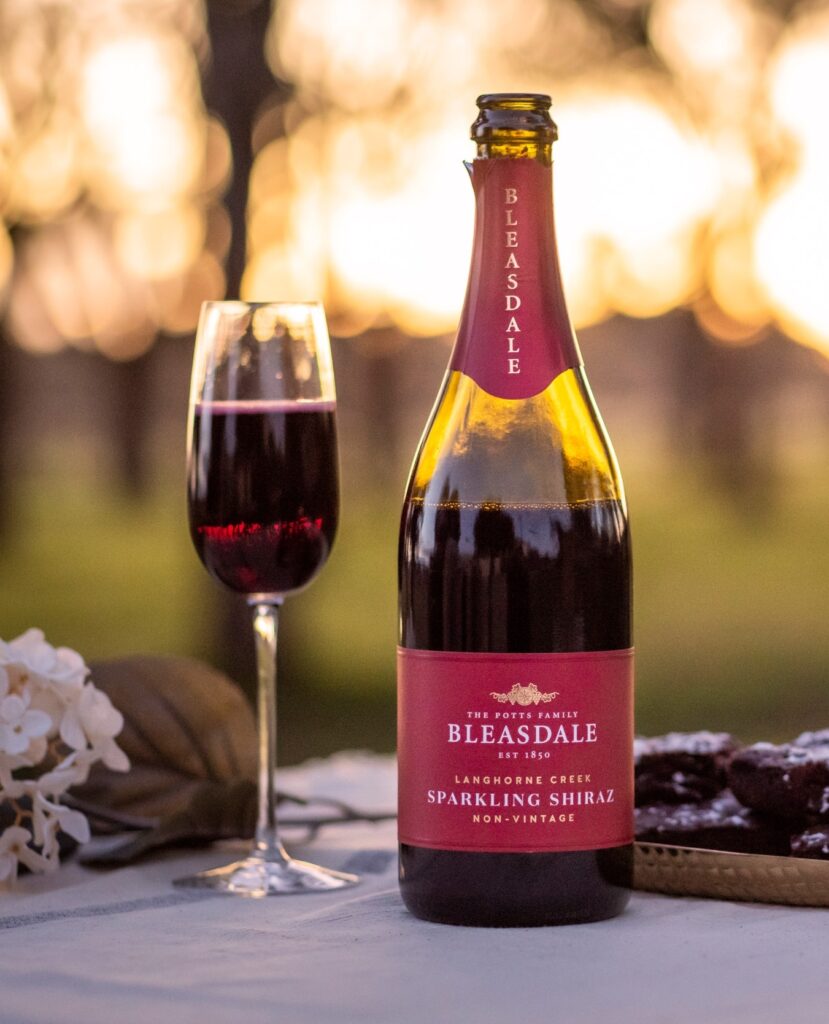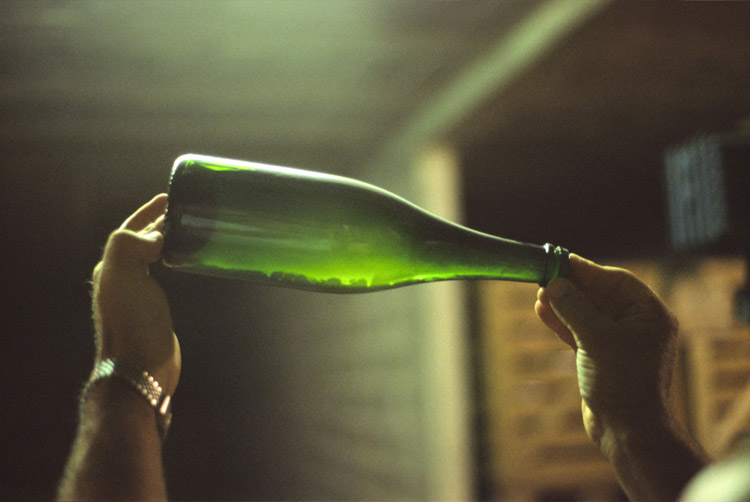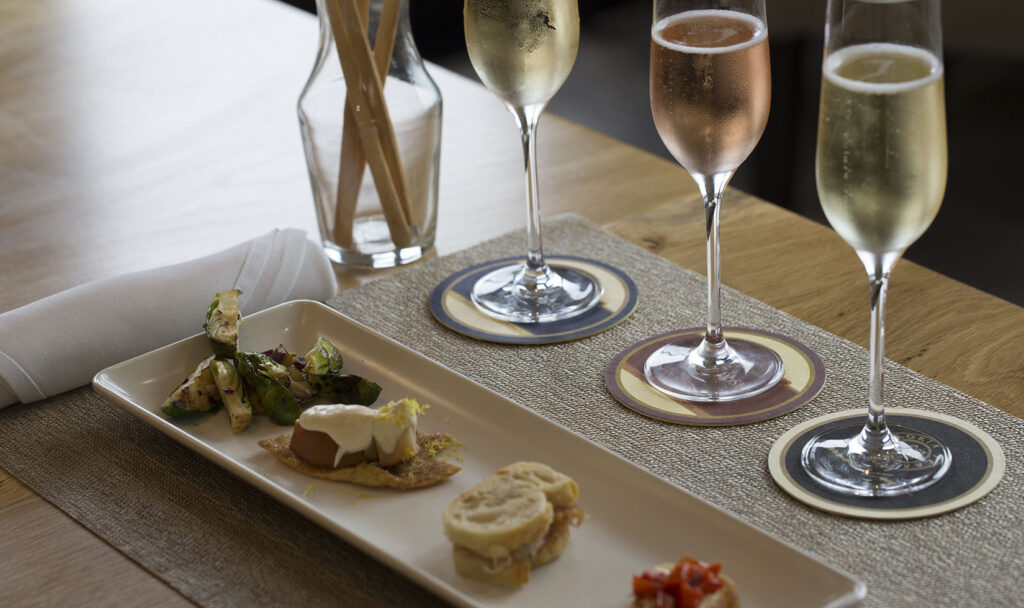When you think of celebrations—be it weddings, New Year’s Eve, or a special toast—bubbly wine is often the drink of choice. Its crisp, bubbly texture and light, refreshing taste make it a staple for joyous occasions. But in recent years, bubbly wine has grown beyond its status as a purely celebratory beverage.
More people are discovering its versatility, with various types coming from different regions around the globe. While Champagne may be the most iconic type, bubbly wines like Prosecco, Cava, and Crémant have made their own mark in the wine world, offering a range of flavours, textures, and price points.
What is Sparkling Wine?

At its core, refreshing sparkling wine is a type of wine that contains carbonation, giving it its signature fizz. While all bubbly wine falls under the umbrella of sparkling, not all sparkling is Champagne. The difference lies in the region where the wine is produced, the method of fermentation, and the grapes used.
For example, Champagne is a specific type of bubbly wine that must come from the Champagne region of France and adhere to strict production guidelines. Other bubbly wines, like Prosecco, Cava, and Crémant, hail from different regions and use various methods to achieve their bubbles. As of late, Australia too with the incredible Adelaide Hills, Yarra Valley, and King Valley has become a trendy choice for home-grown sparkling wines of quality.
The key to sparkling is the process of fermentation. Most wines undergo a single fermentation process, but bubbly wines are subjected to a second fermentation. This additional process either takes place in the bottle or in a large tank, which traps carbon dioxide, creating the bubbles we love.
The Making of Bubbly Wine

There are several methods used to make bubbly wine, and the technique chosen can greatly impact the taste, texture, and price of the final product. Here are the two most common methods:
1. The Traditional Method
This method is most famously associated with Champagne, but it’s also used in making Cava and some Crémant wines. After the first fermentation, the wine is bottled with additional yeast and sugar to trigger a second fermentation. This fermentation happens inside the bottle, and as the yeast consumes the sugar, it releases carbon dioxide, which becomes trapped and creates the bubbles.
Once fermentation is complete, the wine undergoes a process called riddling, where the bottles are gradually tilted to move the sediment toward the neck. The sediment is then removed in a process called disgorgement, and a mixture of sugar and wine is added to balance the flavours before the bottle is sealed.
This labour-intensive process results in finer, more persistent bubbles and often gives the wine a richer, more complex flavour. It’s why Champagne is generally pricier than other types of sparkling.
2. The Tank Method
The tank method is commonly used in the production of Prosecco and other more affordable types of bubbly. In this method, the second fermentation happens in large stainless steel tanks rather than individual bottles. After the second fermentation, the wine is filtered and bottled under pressure to retain its bubbles.
Because the fermentation takes place in a large tank, this method is quicker and less expensive, resulting in a lighter, fruitier wine. The bubbles in Prosecco, for example, are often larger and less persistent than those in Champagne, but the wine’s fresh, crisp flavour makes it an appealing choice for many wine drinkers.
Types of Sparkling Wine

While Champagne often steals the spotlight, many other delightful types of sparkly wine come from different corners of the world. Here’s a brief overview of some of the most popular varieties:
- Champagne: As mentioned, true Champagne can only come from the Champagne region of France. It’s made using the Traditional Method and is known for its complex, yeasty flavours, with notes of brioche and almonds often shining through. Champagne is typically more expensive due to the labour-intensive production process, but its elegant bubbles and rich flavour make it worth the splurge for special occasions.
- Prosecco: Hailing from the Veneto region of Italy, Prosecco is made using the tank method, which results in a lighter, fruitier wine with larger bubbles. Prosecco often has notes of green apple, pear, and white flowers, making it an excellent choice for casual sipping or pairing with light appetizers.
- Cava: Produced primarily in Spain, Cava is also made using the Traditional Method, giving it a flavour profile similar to Champagne but at a more affordable price point. Cava tends to have a more citrusy, zesty flavour, with hints of lemon and green apple.
- Crémant: This French sparkly wine is made using the traditional method but can come from regions outside of Champagne, such as Alsace or Burgundy. Crémant wines tend to be softer and more approachable than Champagne, making them a great alternative for those seeking high-quality bubbles without the Champagne price tag.
Food Pairings for Sparkly Wine

One of the best things about this wine is its versatility when it comes to food pairings. The high acidity and effervescence of bubbly wine make it a fantastic match for a wide variety of dishes. Here are some of the best pairings:
- Cheese: The rich, creamy texture of cheeses like Brie, Camembert, or triple-cream cheeses pairs beautifully with the acidity and bubbles of sparkly wine. For something sharper, a salty Parmesan or aged Gouda can be equally delightful.
- Seafood: Sparkly wine’s bright acidity makes it a natural match for seafood. Oysters, shrimp, and lobster all work wonderfully with a glass of bubbly. For something more substantial, try pairing seafood pasta or sushi with your favourite sparkly wine.
- Fried foods: The crisp texture of this wine can cut through the richness of fried foods like tempura, fried chicken, or calamari. The bubbles help cleanse your palate, making each bite feel lighter.
- Desserts: If you’re enjoying a sweeter sparkling like a Prosecco or a Demi-Sec Champagne, try pairing it with desserts like fruit tarts, macarons, or even cheesecake. The acidity of the wine balances the sweetness of the dessert, making for a perfectly harmonious pairing.
Conclusion
Sparkling is far more than just a celebratory drink; it’s a versatile, delicious wine category with a wide variety of styles and flavours. Whether you’re indulging in a bottle of Champagne to mark a special occasion or enjoying a glass of Prosecco at brunch, there’s a sparkling for every palate and every moment.
So next time you’re shopping for a bottle, don’t just limit yourself to Champagne—explore the world of the bubbly and discover a new favourite.
